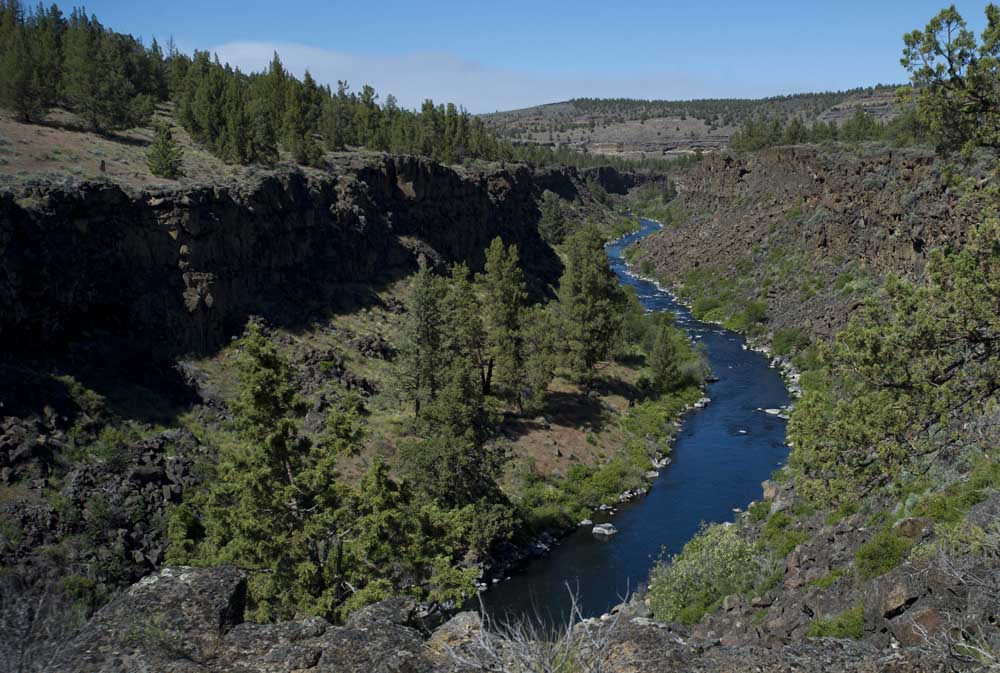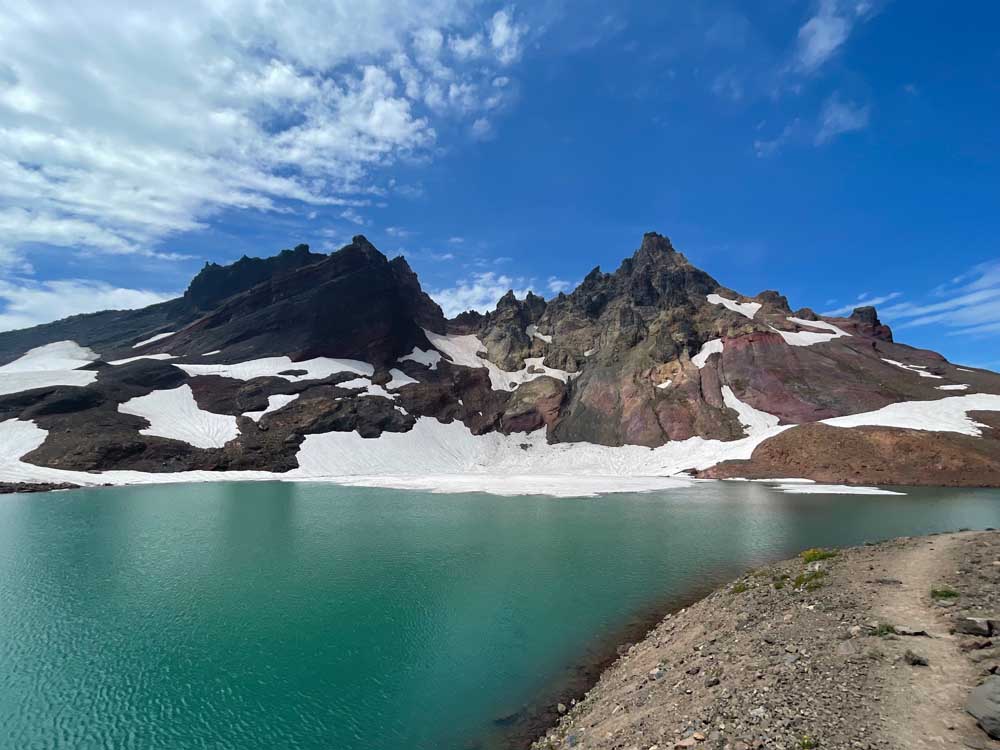Flyfishing the Middle Deschutes
Published 12:00 am Wednesday, May 18, 2016

- The CEO of a San Diego tech firm has purchased 400 acres near Terrebonne along the Middle Deschutes River, shown here as it flows past nearby Crooked River Ranch. (Ryan Brennecke / Bulletin file photo)
The salmonfly hatch on the Lower Deschutes is on, and anglers from throughout Oregon and even across the Northwest are flocking to Mecca Flat near Warm Springs for a chance at landing wild rainbow trout.
The banks there are crowded in mid- to-late May, but elsewhere on the river anglers can find a salmonfly hatch with more solitude and closer to most of Central Oregon’s population.
Trending
The Middle Deschutes, from Bend to Lake Billy Chinook, has a salmonfly hatch of its own, which means the 60-mile trip from Bend to Warm Springs is not necessary to find trout that feed hungrily on big flies.
“Well, this time of year we’ve got a pretty strong salmonfly hatch down in there,” Dave Merrick, manager at Fly & Field Outfitters in Bend, says of the Middle Deschutes. “It usually kind of runs its course before things happen on the lower river. However, with the hatch happening early on the lower river now, those two (hatches) tend to coincide now. There’s salmonflies from Benham Falls all the way to the mouth of the river right now.”
While access can be challenging in the many steep canyon areas of the Middle Deschutes, anglers can take advantage of several well-known and easy-to-find access points. Those include Sawyer Park in northwest Bend, Tumalo State Park, Cline Falls State Park near Redmond, and Lower Bridge Road near Terrebonne. Crooked River Ranch is also a popular area to fish on the Middle Deschutes, though access there can be difficult.
With such a variety of waters to fish in Central Oregon, places like the Middle Deschutes often get overlooked. According to Merrick, now is the time to head to the Deschutes River just north of Bend.
“It’s usually best right now,” Merrick says. “When our water temperatures get warm in mid-July, it tends to get a little bit tougher. As soon as the water flows drop (April 15 each year), it kind of makes the access and getting around on the river a whole lot easier, and the fishing a whole lot better.”
Spring and summer flows dip to 100 cubic feet per second or less on the Middle Deschutes when water from the river is diverted to canals for irrigation in mid-April.
Trending
Most of the fish in the river are rainbow trout, but angling opportunities also exist for brown trout and whitefish. While the average fish is about 6- to 12-inches long, some brown trout can grow to 18 or 20 inches in the Middle Deschutes.
I made the 30-mile trip to Crooked River Ranch armed with a few salmonfly patterns and ready for a steep descent into the rugged canyon. After a rocky, dusty hike, I reached the river and noticed many 3-inch-long, gray-and-orange salmonflies clinging to the bushes and grasses near the bank of the gently flowing Deschutes.
Salmonfly nymphs spend three to four years in the river, according to www.west-fly-fishing.com. When the water temperature warms in the spring, the nymphs migrate along the river bottom to shore. Eventually they crawl out of the river onto rocks, trees or plants, where they metamorphose into adult flies and grow a set of wings. The bugs often land on the surface of the water to lay their eggs.
Hungry native redband trout feed on the salmonflies, which usually appear in mid-May on the Deschutes River north of Maupin and move upstream all the way to Round Butte Dam through mid-June. Historically, the salmonfly hatch would reach its peak near Mecca Flat about Memorial Day weekend or later. But in the past few years, the hatch has come a week or two earlier. Now, the hatch on the Lower Deschutes overlaps with the earlier hatch on the Middle Deschutes.
The ongoing project at Round Butte Dam to reintroduce salmon and steelhead into the Upper Deschutes Basin has warmed water in the Lower Deschutes enough to hasten the hatch, according to fish biologists for Portland General Electric.
The salmonfly hatch on the Middle Deschutes does not produce as many bugs as the hatch on the Lower Deschutes, but anglers can still find loads of success on the river from Bend to Lake Billy Chinook.
“It’s not as prolific and not as numerous; however, it can still be a real productive hatch,” Merrick says. “It’s always been a place that doesn’t see as much pressure because it doesn’t have a lot of easy access. You’ve got to be willing to walk and to hike down into the canyon in a lot of places to access it. With the limited points of access, that’s one of the things that limits the number of people who get down in there.”
After tying a salmonfly pattern matching the bugs around me to my line, I cast out from the bank and waited. I spotted only one other fisherman, far downstream. I worked my way upstream and by noon I had landed two decent-sized rainbows. I missed two others that went for the fly, but all in all, it was a fine day on the Middle Deschutes.
I might have found more success at Mecca Flat, but I had more river to myself — and more gas in the tank.
— Reporter: 541-383-0318,
mmorical@bendbulletin.com








